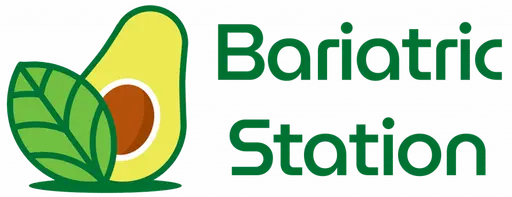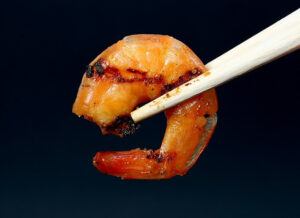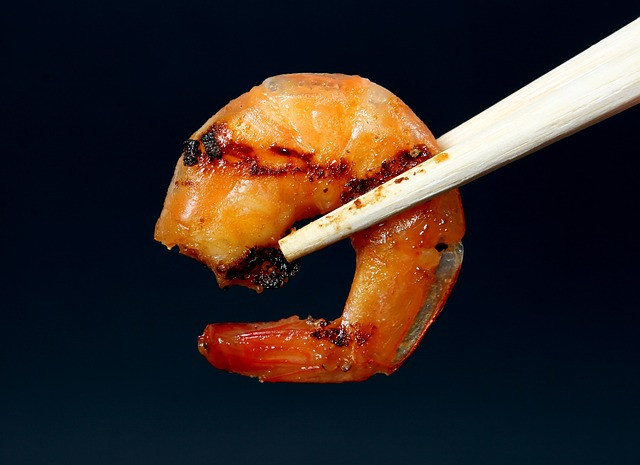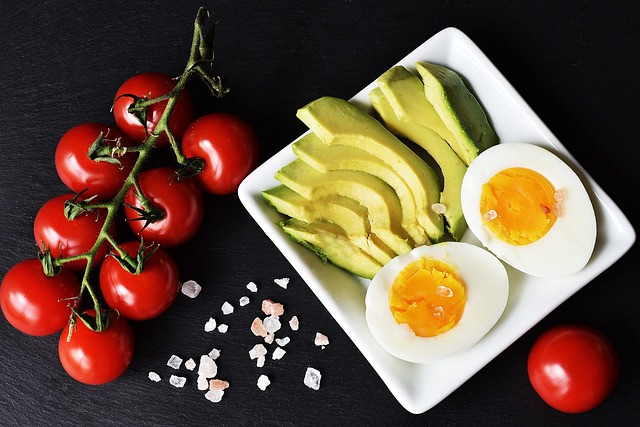Wondering how to ease into keto?
The keto diet is currently one of the most popular fitness trends in the world as people realize its role as a secret ‘weapon’ for self-improvement and weight loss.
But the road to fitness is paved with difficulty thanks to the countless myths and how-to guides that make dieting needlessly complicated. Between the hundreds of how-to guides and 400-page books on Amazon, it can be difficult to ease into keto for the average beginner.
Take a moment to purge the clutter of information from your brain to start the keto journey. Whether you’re overweight, diabetic, or too busy for self-improvement, the keto diet can restore your body into physiological harmony. In this guide, we’ll answer the all-important question, “how to ease into keto” – a helpful guide for beginners.
What Defines Progress with the Keto Diet?
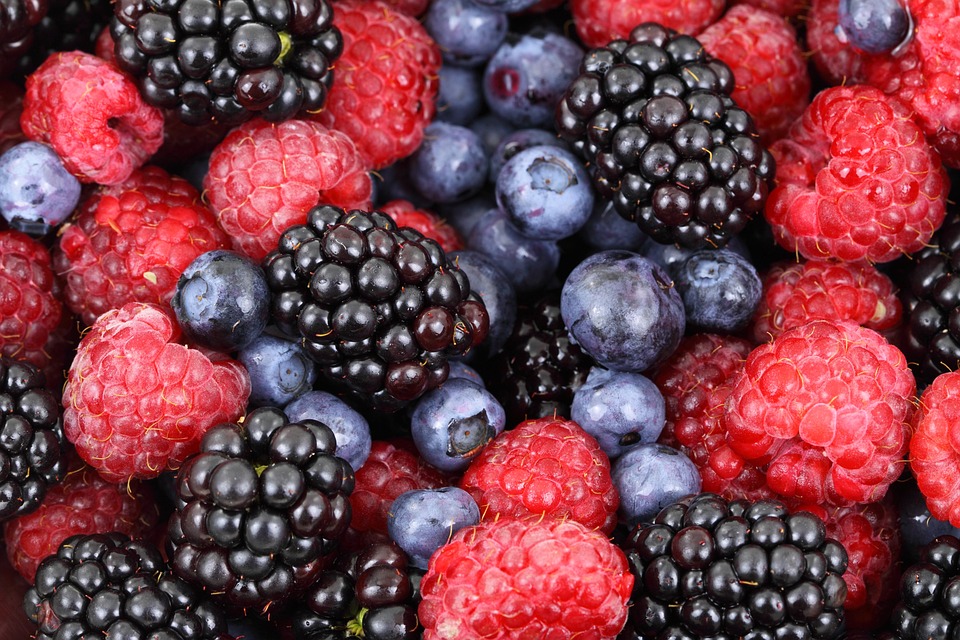
Is the keto diet just restricting certain foods from your diet? Not exactly.
Experts agree that the keto diet, unlike most low-fat diets, is about restricting the body’s access to carbs so that it forces the redistribution of stored fat into ketones. As long as you can meet the macronutrient ratio of 70% fat to 5% carbs and 25% proteins, you should be good to go. This roughly translates to 165 grams of fat, 75 grams of protein, and 40 grams of carbohydrates.
But there is room to fine tune this ratio ever so slightly, but you should never go overboard with your daily consumption of carbs. For instance, binge eating too many ‘keto friendly foods’ could increase your daily dose of carbs by several grams and throw off the balance of macronutrients that are essential in kickstarting the production of ketones.
Be Wary of One Week Results

Any diet, even fat diets, will lead to weight loss of up to 5 lbs in the first week. In most cases, this weight loss is attributable to water retention. The restriction of carbohydrates (carbo-HYDRATES, it’s in the name!) results in the loss of water. This isn’t always a reflection of weight loss due to ketosis.
Water loss can lull one into a false sense of security and lead to ‘cheat meals’ on the weekend. These cheat meals can restore the water weight and lead to weight gain – and we’re back to square one. What follows next is increased skepticism about the keto diet and questioning its effectiveness.
This is why the keto diet should be planned for a period of three months – at the least. Use a chart to monitor your progress because much of the weight loss will be in increments of 1 lb. to 3 lb. per week, depending on your current weight and the calorie deficit.
Pro tip: Use Google Sheets to log your daily weight (preferably before eating, or after bowel movements). Once you have enough data – about two weeks’ worth of information for weight loss – track it using a graph. Use this guide to learn how to make graphs on Google Sheet.
Tracking your progress using a graph is better than going by visual cues from the mirror. This is because you may not even notice any visual changes because of how slowly they occur.
Why is it Important to Reduce Carb Intake?
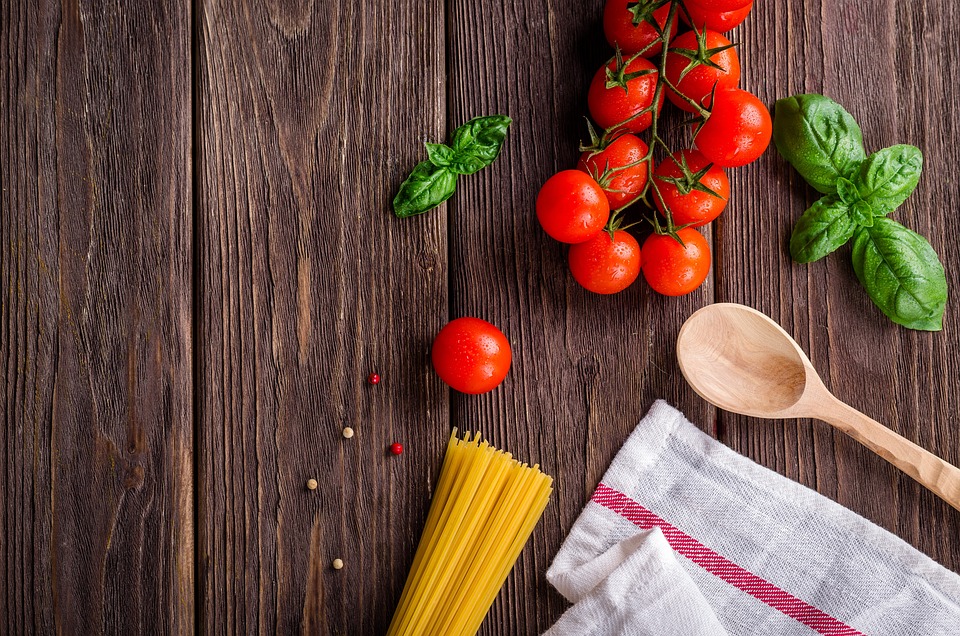
The most important factor, outside of CICO (calorie in, calorie out), is the minimization of your daily carb consumption. Our cells use sugar (or glucose) as the main source of fuel. However, our cells are engineered to use other sources of fuel, such as ketones and fatty acids.
The body usually has massive reservoirs of glucose (in the form of glycogen), in the muscles and liver. Once the carb intake is sufficiently low, these glucose reservoirs are depleted, leading to lower insulin levels. This leads to more fatty acids being released from fat deposits in the body.
The liver plays an important role in converting some of the fatty acids into ketones (in the form of acetoacetate, beta-hydroxybutyrate, and acetone). The body can use these ketones as an alternative source of fuel (think of them as ‘cleaner’ fuel compared to glucose).
As mentioned earlier, the extent to which you need to restrict your carb consumption varies on your goals, weight, and other factors. Most people can vary their carb intake from 20 to 40 grams of carbs, depending on how many calories they are consuming.
This range of carbs is advised for people who want to start ketosis to control their blood sugar levels, reduce their heart disease risk, blood pressure, and of course, increase weight loss.
The keto diet has also been used, on occasion, to manage epilepsy by restricting carbs to single digit percentages. However, anyone planning to use the keto diet for medicinal reasons (or anyone with health conditions) should talk to a medical professional.
Find the Time to Workout

Most people make the mistake of thinking that they can’t workout on the keto diet – but the opposite is true. Any time before or after work is ideal for training with weights. This is because you don’t have stress, are fresh, and have hormonal balance on your side.
Working out in the afternoon and evening isn’t ideal because you are most likely tired from the daily stressors of the day, whether it’s due to work or something else.
Identify your stressors and the times during the day when you are stressed out, and plan your workouts before this time. Working out is important because it gives you more opportunity to a) burn calories through weight lifting and cardio and b) allows for body recompositioning in favor of muscles.
You might want to time your workout such that they coincide immediately after an eating session. Studies show that exercising right after eating is ideal because your body is likely depleted of stored carbohydrates. So you are more likely to burn more fat to fuel your workouts.
It is worth noting, however, that your body could start breaking down muscles to use for fuel. Besides, you are more likely to perform poorly because you have less energy and may not be able to work out as hard. This is why working out right after eating a meal is important because your body has access to more glycogen stores to fuel the workout.
Pro tip: Listen to your body when exercising on a ketogenic diet. Don’t lift heavy if you are feeling weak and fatigued to avoid injury! Adjust your activity levels based on your meal planning.
The Importance of Maintaining Hydration
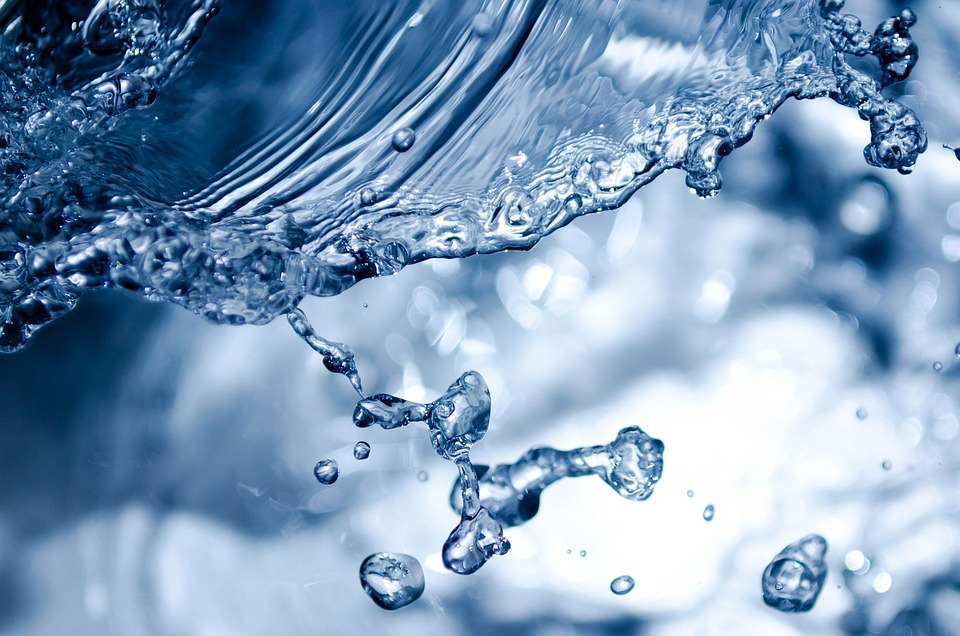
Many experts agree that drinking water plays an important role in aiding weight loss and maintaining healthy electrolyte levels. The best part is that it is a natural appetite suppressant by quickly filling up the stomach. This sends signals to the brain to stop eating.
Drinking a glass of water before reaching for food can curb the unnecessary binge eating. One study found that drinking 500mL of water before breakfast, lunch, and dinner led to reduction in body fat and body mass index.
Another study found that water could help burn more calories by upto 2 or 3 percent. While it may not be much in the grand scheme of things, the extra 2 or 3 percent is important when every calorie counts.
Pro tip: Drinking cold water can burn more calories because the body uses energy to increase the temperature of the water for use in digestion.
Water also plays an important role in helping the kidney filter out waste and toxins. This can avoid retaining waste, which could add a few extra pounds.
Importance of Fat Intake

Success with the keto diet depends on a high fat intake. The majority of the calories (up to 80%) for workouts and metabolic health will come from fat. However, it is important to create a meal plan that includes high quality food sources of fat.
Good sources of fat include the following:
- Avocado
- Cheese
- Salmon
- Whole eggs for breakfast
- Coconut oil (an essential staple of the keto diet)
- Olive oil
- Nuts and seed
- Dark chocolate
The balanced diet plan should for all low-carb diets should emphasize high quality fats so that the body can is forced to use ketones as a primary fuel source.
Measure Ketone Levels
How would you know if your body is in a state of ketosis?
There are several ways of knowing if your body is generating blood ketones. These include flu-like symptoms of ketosis and other side effects such as increased thirst, dry mouth, brain fog, and bad breath, or measuring blood ketone levels.
The latter is more effective at confirming ketosis. The most straightforward method of measuring blood ketone levels is the use of urine strips.
Urine strips are affordable and readily available at most pharmacies and grocery stores. They measure ketones in the urine using the ‘clean catch’ method. Here’s how it works:
Pee into a clean container
- Place a strip into the sample (another method is to simply hold the test strip under the urine stream)
- Gently shake the strip
- The strip will change its color
- Check the color of the strip against the chart that came with the test kit. This will indicate the ketone levels.
A more accurate, but expensive, method is to use blood glucose meters to test for ketones. For more in-depth information on measuring ketone levels in urine, check out this blog.
Try Intermittent Fasting with the Keto Diet
Wondering how to ease into keto? An effective method is to combine intermittent fasting with the keto diet. Fasting is particularly effective because it completely restricts the consumption of food for a certain period of time. This is useful for regulating your calorie intake and can be useful for inducing ketosis.
Note that pregnant or breastfeeding women should avoid combining the two, especially if they have a history of disordered eating. Anyone with a medical condition should consult with a doctor before combining the keto lifestyle with intermittent fasting.
It is worth noting that combining the two may result in more side effects such as increased fatigue and irritability due to low energy levels.
Protein Intake – Maintaining the Fine Line
Eating proteins is important for achieving ketosis – but you should not overdo it. Cutting out proteins is dangerous because the liver needs access to amino acids that can be used for making glucose. But isn’t that an oxymoron given that we are trying to avoid the production of glucose? Not really.
There are a few cells and organs in the body that cannot use ketones as fuel, these include portions of the brain and kidneys, as well as the red blood cells. Secondly, you will need proteins to maintain your muscle mass.
Although weight loss results in the loss of both fat and muscle, a sufficient protein intake on a keto diet could play a role in retaining muscle mass. Remember, the more muscles you have, the more calories you can burn due to a much higher resting energy expenditure.
Don’t Eat Processed Foods
There are certain foods that are simply not ideal for inducing ketosis. Besides limiting foods that are dense in carbs and refined sugar, you should remove processed foods from your diet entirely. How to identify processed foods?
Simple – if you can’t pronounce the ingredients, then it’s probably processed food. The usual suspects include potato chips, tinned vegetables, microwave ready meals, pasties, artificial sweeteners, and others.
Avoid Fruits that are High in Sugar – Curb Your Sugar Addiction!
Most people on the keto diet binge eat fruits simply because they believe they are healthy. You should cut back on fruits that have a high sugar content because they will increase your carb intake – and you may not even know it! Examples of fruits with the highest sugar content include apples, mango, pineapples, dried fruit, and bananas.
Instead, you should substitute them for peaches, citrus fruits, berries, apricots, and plums.
Pro tip: By cutting out processed foods, you can limit your sugar cravings and food cravings!
Wrapping Up
The ketogenic lifestyle is a long game. There is no such thing as overnight results and even those one week improvements in terms of weight loss can be misleading. Things such as bowel movements and water weight will fluctuate your weight by several pounds. Instead, you should measure weight loss due to ketosis over several weeks – even months.
And avoid the cardinal sin of eating processed foods or anything that could increase your carb diet intake by 40g of carbs per day.
We hope these keto tips answer your doubts and questions related to “how to ease into keto”. Let us know how you eased into keto.
